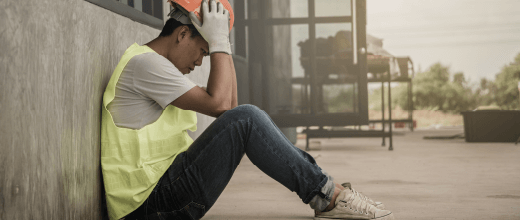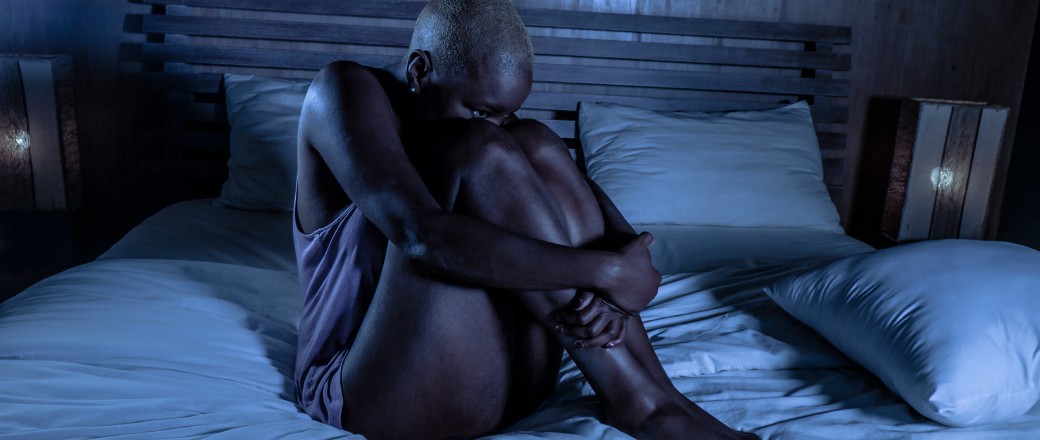How human trafficking works

From Public Safety Canada
Human trafficking is the act of recruiting, transporting, or holding victims, often to coerce them into providing manual labour or sexual services. Traffickers can pressure victims in a range of ways to get someone to do something that they are unwilling to do. It can involve physical force or threats of violence, but in many cases it doesn’t have to. Other forms of intimidation can be used, like threats of deportation, emotional abuse, manipulation, and abuse of trust or power. Victims can often be isolated from family and friends as well, and living and working in unsafe conditions can make it difficult to escape.
The first step in combating this crime is to understand what motivates traffickers, how they recruit victims, and what warning signs to look for.
Need help?
If you or someone you know is a victim or survivor of sex or labour trafficking, get help now.
Low-risk, high reward
Human traffickers are typically motivated by:
Low-risk

Since many people don’t understand the crime or what signs to look for, human trafficking can often go unnoticed. Victims are often unwilling or afraid to take action against their traffickers, making human trafficking cases hard to prosecute.
High reward

Human traffickers make big profits. They pay their victims little to nothing for their services and keep most of the money for themselves.
Where human traffickers find victims
Human traffickers are strategic in how they recruit victims. They may go to places they can meet young, vulnerable, or in-transit people, like bus stations, youth shelters, group homes, malls, or even outside of schools. They may also target people online so they can hide their identities while trying to find out personal information. Often, traffickers target someone they know like an intimate partner, family member, friend, or co-worker.
How traffickers take control
Traffickers may use forceful means, but often they will seek to establish trust with their victim first. Once they gain control, they can often find ways manipulate and apply pressure on victims to cooperate. Here’s how recruitment could happen:
Luring

Traffickers often look for unmet needs in a persons life and try to fill them. Whether it’s love, money, self esteem, or even supporting their family financially, traffickers may appear to fill these voids to gain their victim’s trust. This can be done through establishing friendship, showing romantic interest, or even offering job opportunities.
Grooming

Traffickers may make false promises that respond to their targets’ needs and isolate them from family and friends. Some traffickers pressure their victim(s) into providing services to earn love, pay back a favour or gifts or show their gratitude. Less subtle traffickers can force people or trap them through blackmail, confinement, moving from place to place, supplying drugs, through physical and mental abuse, withholding pay, or identification documents, and threats of deportation.
Exploitation

Traffickers insert themselves into the centre of victims’ lives and take full control. Victims are often slowly pushed into doing things they might be uncomfortable with, for example, being asked to have sex with a friend to make quick money or accepting work in a remote location with little to no information up front. Victims may begin to feel frightened or isolated, and over time become increasingly reliant on their trafficker. Once a trafficker establishes control, the aim is to keep victims stuck in a trafficking situation. This can involve physical threats to them or their loved ones, threats of deportation, control through aiding drug addiction, or even withholding pay, making it extremely difficult for victims to seek help.
Warning signs to look for
Human trafficking can be hard to spot. Victims are often forced to maintain a low-profile in public – which is why it’s so important to learn how to recognize the signs of someone being trafficked. By raising your awareness and knowing what to look for, you could help save someone’s life. Here are some situations, behaviours, and visible warning signs to look out for:
Situation
Someone that has recently been offered work, but:
- They receive a contract in a language they do not understand
- They have to pay for the ‘opportunity’
- The job seems too good to be true
- They must relocate, but are given few details
Or someone who is:
- Suddenly showered with gifts or money
- Developing a close, fast-moving relationship (possibly over social media)
- Distancing themselves from friends and family
- In a controlling relationship
Behaviour
Someone who is trafficked may:
- Have another person speak for them
- Talk in a rehearsed way
- Be escorted at all times
- Not control their own mobile phone
- Be unable to contact family or friends
- Move often
- Be anxious, submissive, withdrawn
- Appear afraid of making their partner/boss mad
- Fear authorities
- Avoid eye contact
Appearance
Trafficking victims may:
- Dress to look older
- Not dress appropriately for the season
- Show signs of abuse or confinement
- Have untreated medical issues
- Seem underfed or tired
- Show signs of addiction
Possessions
Trafficking victims may have:
- Few or no personal belongings
- No bank account or financial records
- No passport or ID, or a false ID
- No cash, or excessive amounts of cash
- No mobile phone, or more than one
- Several hotel keys
As part of organized crime
Human traffickers may act alone or as part of a criminal organization such as a gang.
Human trafficking has been linked to helping fuel street gang operations that are also involved in other criminal activities, like illegal gun trafficking and drug sales. Traffickers may force their victims to commit crimes on their behalf, like shoplifting, mailbox theft, recruiting other victims, or filing fraudulent refugee or social assistance claims, all to benefit the trafficker.
Who human trafficking affects
Learn more

Anybody can be a victim, but some people are at higher risk.
Myth or Fact?
Many people in Canada don’t fully understand the issue of human trafficking. Learn more about some of the common myths surrounding this problem.
Myth: Human trafficking involves being willingly smuggled across borders in shipping containers.
Fact: Human trafficking is not the same as human smuggling. Human trafficking happens without victims consent and can occur both within borders or across borders, or without transporting victims at all. Learn more about the differences.Myth: Human trafficking doesn’t happen in Canada.
Fact: Human trafficking is happening in communities across Canada. Between 2009-2019, over two-thirds of reported cases of human trafficking were reported in Ontario. In general, human trafficking tends to take place in cities, like Toronto, Ottawa, Montréal and Halifax.Footnote 1Myth: Human traffickers only target strangers.
Fact: While traffickers can target strangers, victims are often trafficked by someone they know, like a past or current intimate partner, family member, friend, co-worker, or boss.Myth: Human trafficking only happens to women and girls.
Fact: No one is immune to human trafficking. While most victims of reported cases are women and girls, men and boys are also victims of trafficking. People of all gender identities and expressions can be trafficked.Myth: Human trafficking always involves physical violence.
Fact: Human trafficking can involve physical violence, but in many cases it doesn’t. Human traffickers may control victims through other means like threats of deportation, emotional abuse, manipulation, and abuse of trust or power.Myth: Human trafficking victims can always just leave.
Fact: In many cases, victims are controlled and monitored by traffickers. Threats of violence, intimidation and fear of punishment or further isolation often prevent victims from leaving the situation.Are You Seeing Warning Signs?
How to respond if you think someone you know is being trafficked

Anybody can be a victim, but some people are at higher risk.
Are You Being Trafficked?

What to do if you think you’re being groomed or exploited
Page details
- Date modified: